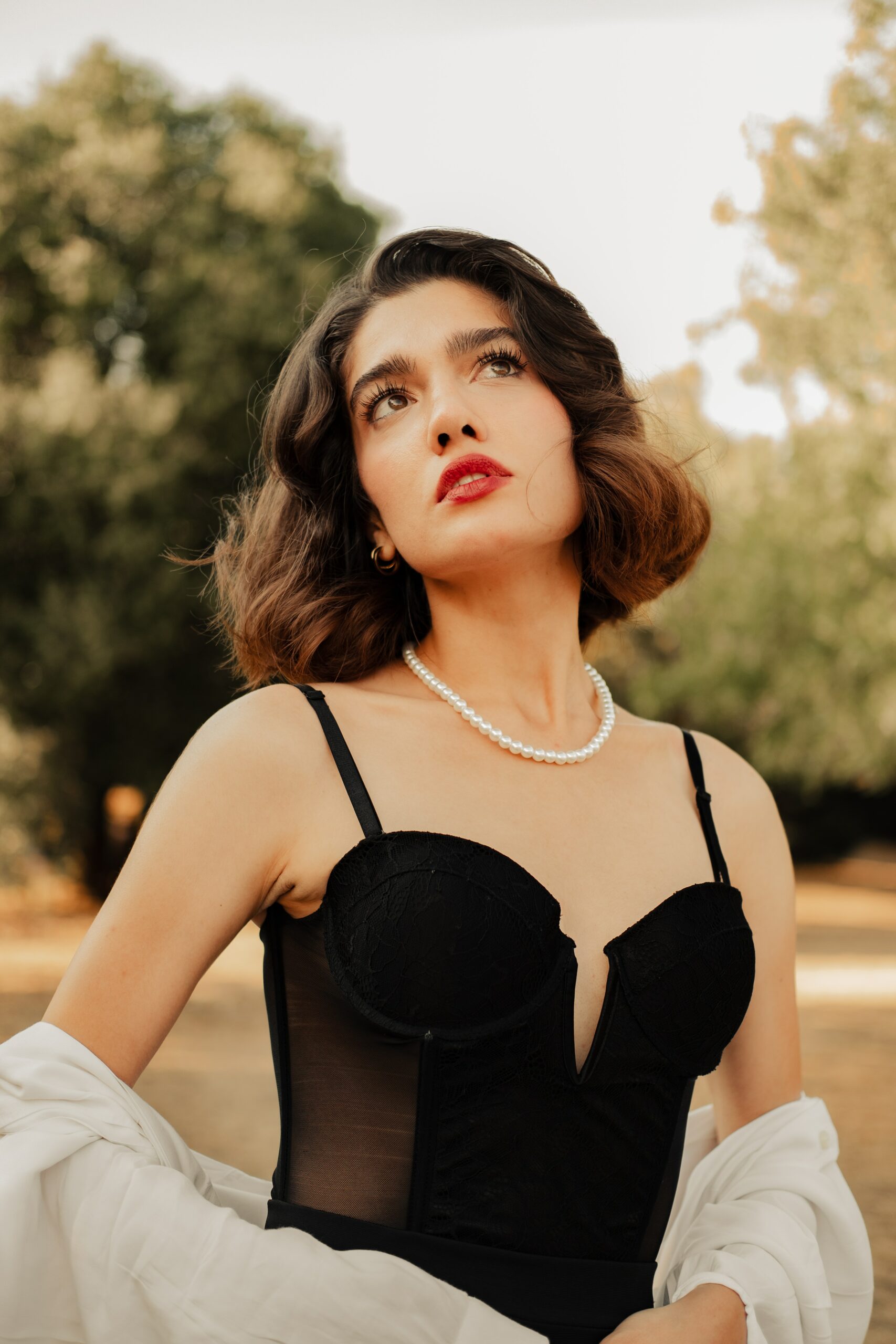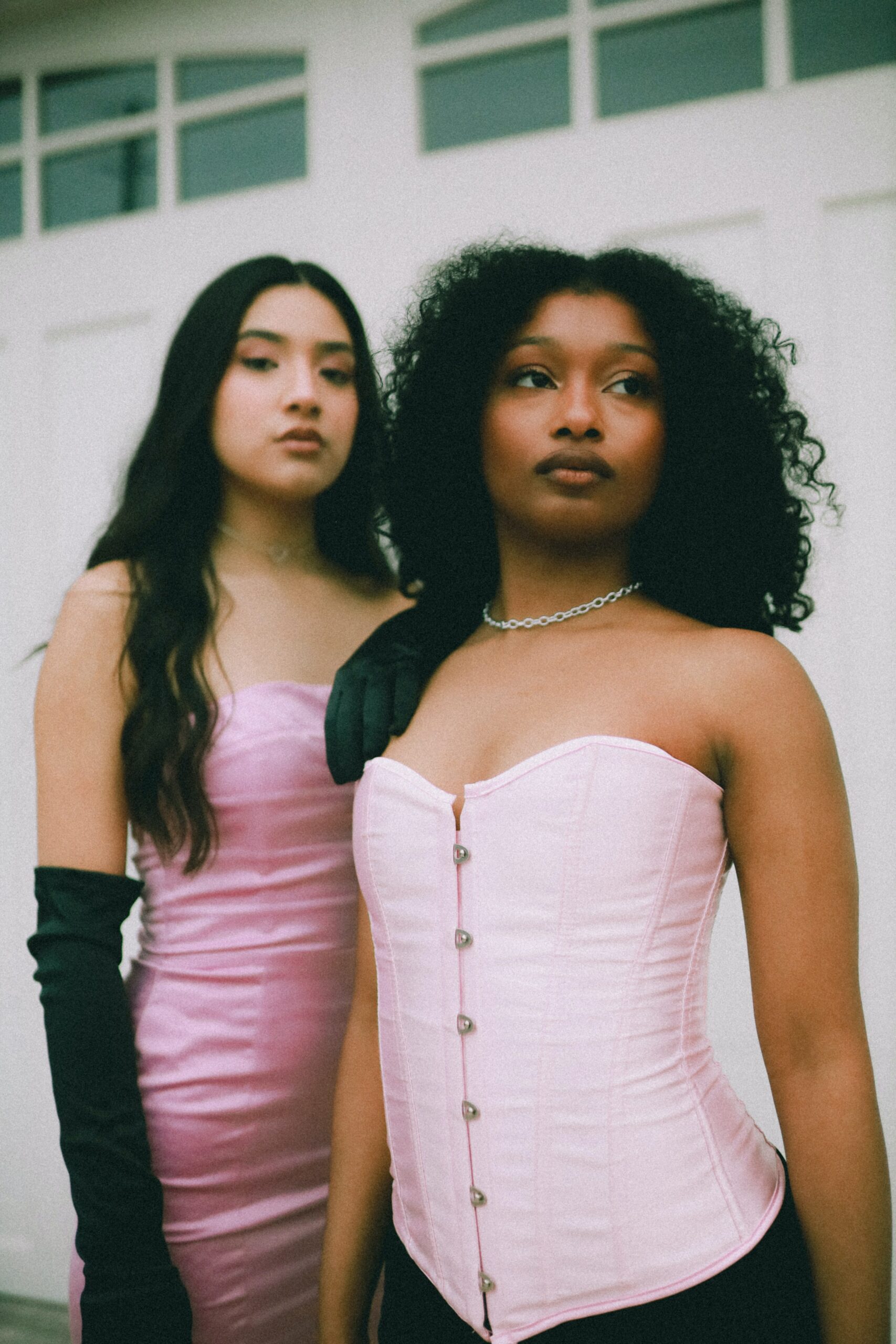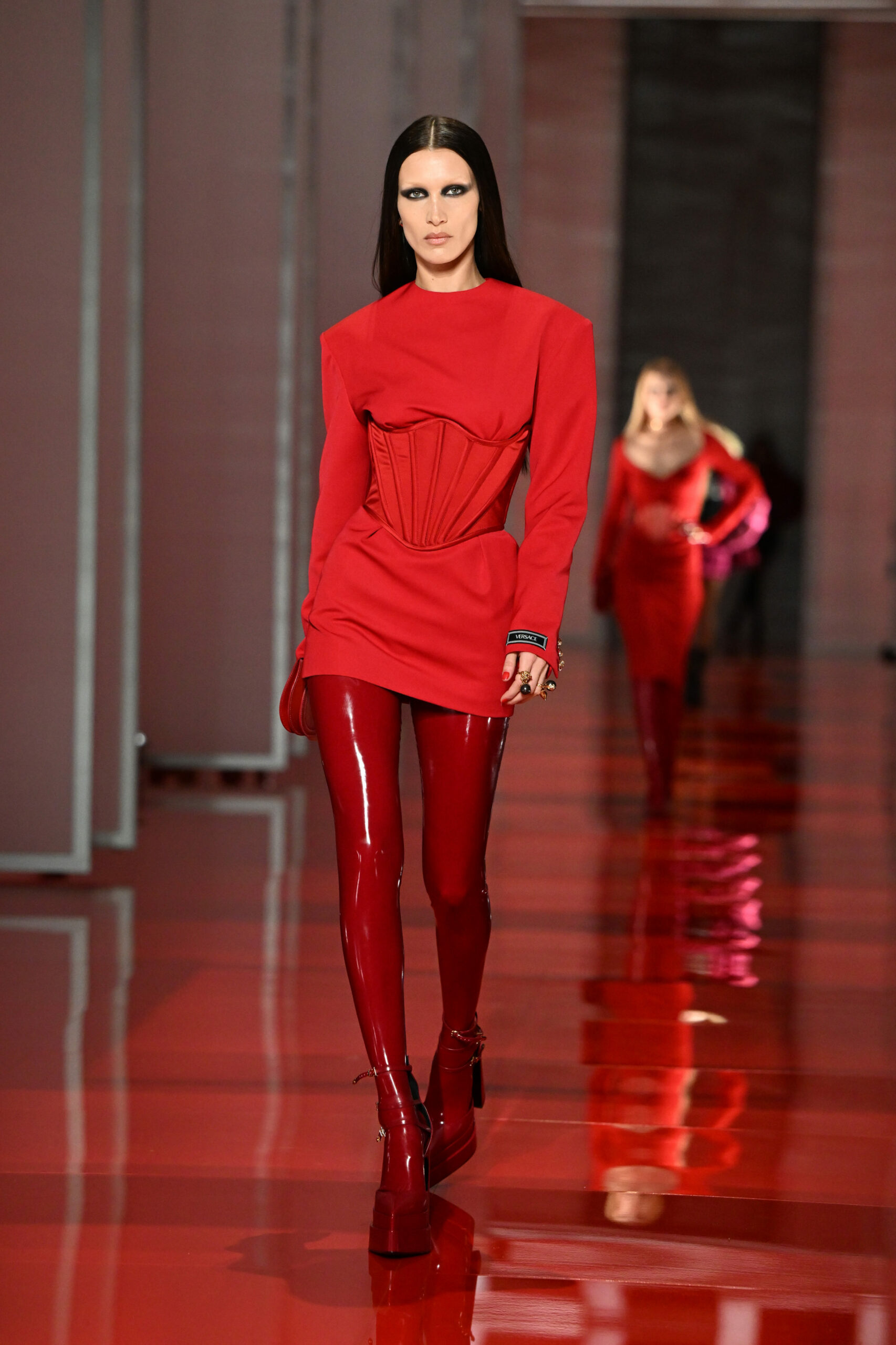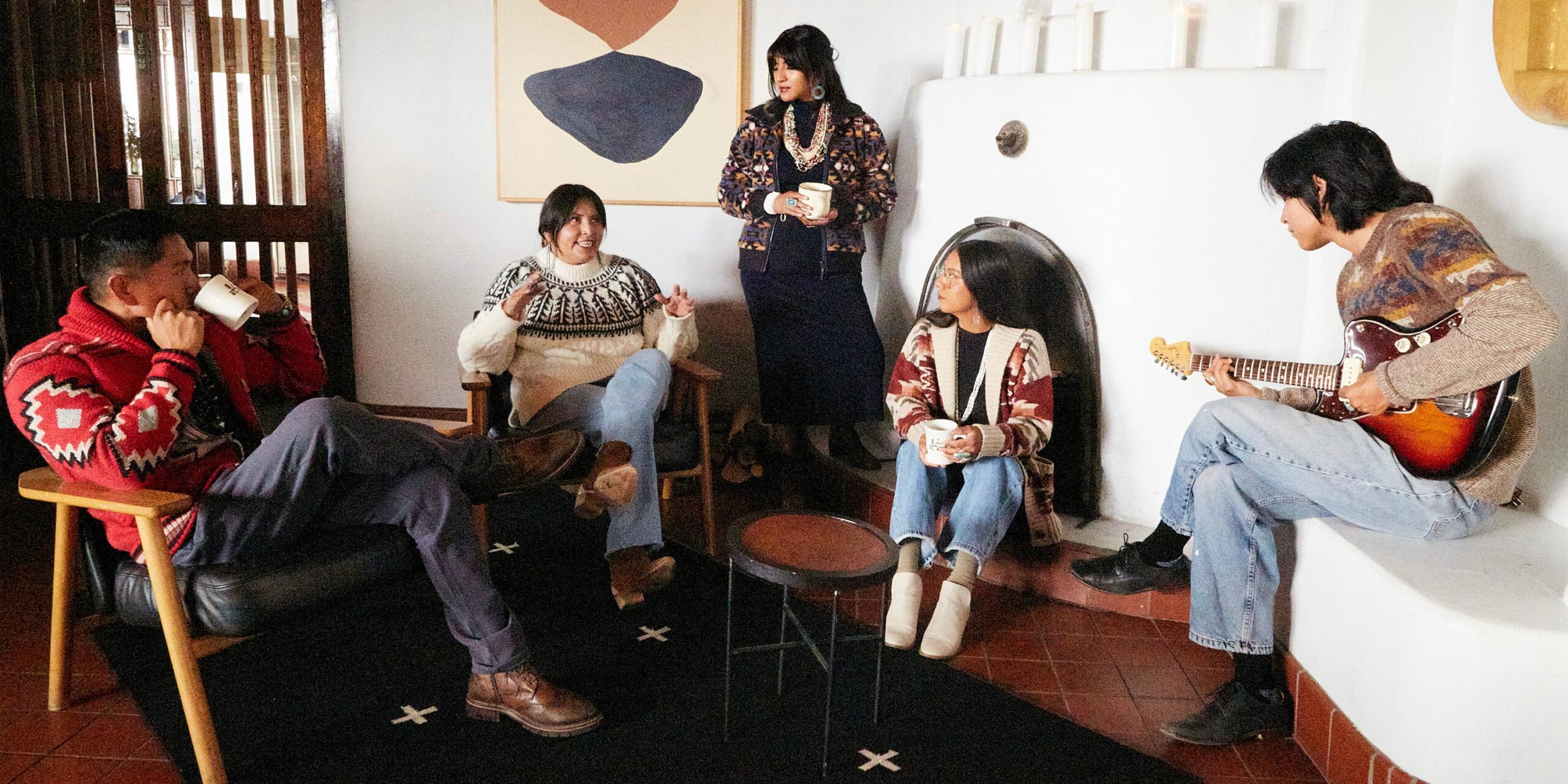Corsets have been around for centuries, but they've come a long way since they were first introduced. In the past, corsets were seen as a way to achieve a certain look. Today, corsets are modernised and seen as a fashion statement. They are now made with different materials and come in a variety of styles. Corsets are no longer just for women; they are now made for men and children as well. In this blog post, we will explore the modernisation of corsets and how they have evolved over time. We will also discuss the different types of corsets that are now available and the materials that they are made from.
What is a corset?

A corset is a garment worn to support the breasts and shape the waist. It consists of a bodice and usually has a pair of laces at the back which are used to adjust the fit. Corsets were traditionally made from stiff, boned fabric and were often quite uncomfortable to wear. However, modern corsets are much more comfortable and can even be worn as outerwear.
Corsets have been around for centuries, but they began to fall out of fashion in the early 20th century. This was partly due to the fact that they were uncomfortable to wear, but also because they were seen as old-fashioned. However, corsets have undergone something of a renaissance in recent years and are now more popular than ever before.
There are many different types of corset available on the market today. You can choose from traditional boned corsets, or more modern soft-cup styles. There are also plus size corsets available, which are perfect for curvier figures. Corsets can be made from a variety of different materials, including satin, lace, and leather.
If you're thinking about buying a corset, it's important to make sure you choose the right size. Corsets should be snug but not too tight, as they need to be able to support your bust without causing any discomfort. It's also important to select a style that flatters your figure – if you're not sure what will suit you
A brief history

The corset is an article of clothing that has been around for centuries, dating back to the 1500s. It is thought to have originated from the French word ‘corse’ meaning ‘body’. The corset was initially designed to be worn by men as a means of stiffening the shirt front. However, it wasn’t until the 16th century that corsets began to be worn by women. At first, these were rather simple garments made from linen or cotton and were intended to support the breasts. By the 19th century, corsets had evolved into more elaborate pieces made from silk and satin and were designed to slim the waist and hips.
During the Victorian era, corsets became increasingly popular and were seen as a necessary item of clothing for respectable women. A woman’s worth was often judged by her waist size, with a smaller waist being seen as a sign of beauty and femininity. This led to many women resorting to extreme measures in order to achieve a small waistline, including wearing tightly-laced corsets and eating very little.
In the early 20th century, there was a growing movement against the use of corsets due to their harmful effects on women’s health. In 1908, Dr. Robert Gersuny published an article detailing the various medical problems that could be caused by wearing a corset, including damaged organs, deformed skeleton and const
How they have evolved?

Corsets have evolved a great deal since they were first introduced in the 16th century. They have become much more comfortable to wear and are now available in a wide range of styles to suit different body shapes.
The most significant change in corset design has been the introduction of steel boning. This has made corsets much more supportive, helping to create a slimline silhouette. Modern corsets also often feature panels of firm fabric or plastic to provide additional support and structure.
Another key change is the length of corsets. Early corsets reached well down the torso, often ending at the hip. Today, many corsets are much shorter, ending just below the bustline or even at the waist. This makes them much more comfortable to wear and also means they can be easily concealed under clothing.
The final major change is in the fastenings. Early corsets were often laced up at the back with long ribbon laces. Today, most corsets have hooks and eyes or zip fastenings at the front or side, making them much easier to put on and take off.
Corsets in the modern day

Corsets have been around for centuries, but they've undergone a bit of a renaissance in recent years. Thanks to celebrities like Kim Kardashian and Kylie Jenner, who are often photographed wearing corsets, the garment has become something of a fashion statement.
Of course, corsets can still be used for their original purpose: to help give the wearer a desirable hourglass figure. But nowadays, they're also seen as an sexy and empowering accessory. Whether you're looking to accentuate your curves or just want to feel like a bad-ass babe, there's a corset out there for you.
If you're new to corsetry, it can be daunting to try and figure out what style is right for you. But don't worry – we're here to help! Read on for our guide to choosing the perfect corset for your unique style.
The different types of modern corsets

Today, there are many different types of corsets available on the market, each designed for a specific purpose.
The most common type of corset is the overbust corset, which covers the entire chest and torso. This type of corset is often used to create an hourglass silhouette, or to accentuate the bust.
Another popular type of corset is the underbust corset, which sits below the breasts. This type of corset is often used to slim the waistline, or to create a more elongated silhouette.
There are also specialty corsets available, such as the waist training corset, which is designed specifically for waist reduction purposes. Corsets can also be custom made to fit any body shape or size.
Corset or no corset?

There are a number of pros and cons to wearing a corset. On the plus side, corsets can help to give the wearer a slimming silhouette, and can be very comfortable to wear. They can also be used as a fashion statement, or to add an extra layer of warmth in colder weather. On the downside, corsets can be quite expensive, and may not be suitable for all body shapes. They can also be quite uncomfortable to wear for extended periods of time, and may cause back pain or other issues if not worn correctly.
Busting the myths

There are a few myths about corsets that seem to persist, even in the 21st century. Let's bust a few of these myths, shall we?
1. Corsets are uncomfortable: This is probably the most common myth about corsets. And yes, they can be uncomfortable if you're not used to wearing them or if you choose the wrong size. But when you find a well-fitting corset and break it in properly, it can actually be quite comfortable. Think of it like breaking in a new pair of shoes – it takes some time, but once you've done it, you'll be able to wear them all day without any discomfort.
2. Corsets are only for special occasions: Not true! While corsets can certainly be worn for special occasions, they can also be worn as part of your everyday wardrobe. A lot of women choose to wear them under their clothes to give themselves a little extra support and shape throughout the day.
3. Corsets are only for women with small waistlines: Another myth! Corsets look great on all body types and can actually help create the illusion of a smaller waistline, even if you don't have one naturally. So don't let this myth stop you from trying out a corset!
4. Corsets are outdated: This is definitely not true! Corsets have been around for centuries and they're still just as popular today as they ever were. In
How to choose the right corset for you?

When it comes to choosing a corset, there are a few things you need to take into account. First and foremost, you need to think about what kind of silhouette you want to create. Do you want something that is going to cinch in your waist and give you an hourglass figure? Or do you want something that is going to give you more of a lift in the bust area?
Once you have decided on the kind of silhouette you are after, you need to think about the size of the corset. Corsets come in a range of sizes, from small to extra large. You need to make sure that you choose a size that is going to be comfortable for you to wear. If you are not sure what size to go for, it is always best to err on the side of caution and go for a size up.
Another thing to consider when choosing a corset is the type of material it is made from. Corsets can be made from a variety of different materials, including satin, cotton, and even leather. Each material has its ownBenefits and drawbacks, so it is important to choose one that is right for you.
Finally, you need to think about the color of the corset. Corsets come in all sorts of different colors, from black and white to brightly colored patterns. Choose a color that compliments your skin tone and makes you feel confident.
Featured in fashion shows

Corsets were once a staple in high fashion, but fell out of favour in the early 20th century. However, they have been making a comeback in recent years, appearing on the runways of some of the biggest fashion houses.
One of the most notable appearances was at Givenchy's Spring/Summer 2018 show, where creative director Clare Waight Keller sent models down the runway wearing corseted dresses. The looks were elegant and modern, proving that corsets can be fashionable in the 21st century.
Other designers who have used corsets in their collections include Dior, Saint Laurent, and Valentino. If you're looking to incorporate this trend into your wardrobe, there are plenty of options available on the market.
Conclusion
In conclusion, the modernisation of corsets has been a long and gradual process. Today, corsets are more comfortable and stylish than ever before, thanks to the work of designers and manufacturers who have sought to improve the fit, function and aesthetic of these garments. Whether you're looking for a functional undergarment or a fashion-forward statement piece, there's a corset out there that's perfect for you. So why not give one a try?











